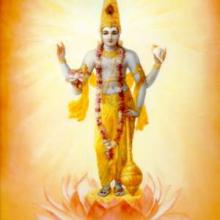Chaitanya Movement | Gaudiya
When we say – Gaudīya Vaishnavas – we mean to say – the movement of followers of the great Bengali Saint of 16th century - Chaitanya Mahāprabhu (18 February 1486 – 14 June 1534)
What follows this link – is a treatise on the History of this Chaitanya Movement – from its beginnings – in 16th century Bengal – when Chaitanya Mahāprabhu lived – up to the 1925 – when Prabhupāda Bhaktivedanta – was still a young and learning men, but didn’t create new religious organizations and teachings, as of yet... written by a third party – uninterested but sympathetic British professor - Melville T. Kennedy.







